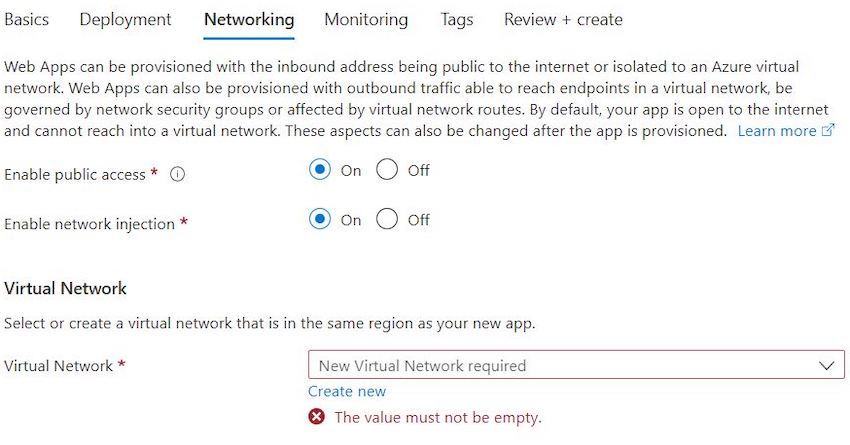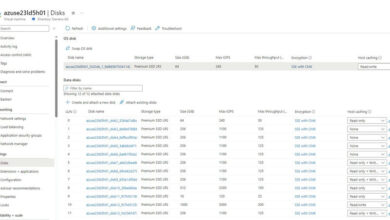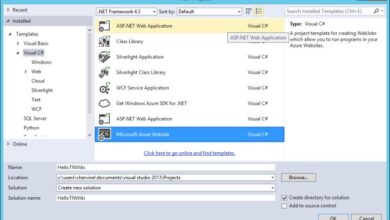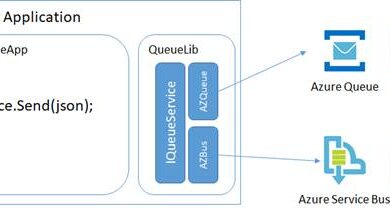Azure App Service: Simplifying Web Application Deployment
Introducing Azure App Service
In the past, deploying web applications meant setting up on-premises servers with all the necessary configurations and frameworks. It also required taking care of OS patching, networking, and storage management. With Azure App Service, you get a server from Microsoft Azure on a pay-as-you-go basis. All the required frameworks are installed based on your chosen configuration during the creation of the App Service.
Azure App Service falls under the category of Platform-as-a-Service (PaaS), where Microsoft takes care of hardware, software, and infrastructure maintenance.
Is Azure App Service only for .Net?
No, Azure App Service supports various platforms including Java, Ruby, Node, PHP, and Python.
Ways to Publish Code to Azure App Service
Azure App Service provides three methods to release your code:
- Code
- Docker Container
- Static Web App
Visit the Azure page below to configure your Azure App Service.
Understanding the Cost of Azure App Service
Choosing the correct plan for Azure App Service depends on your specific needs. The App Service Tiers are divided into six categories based on the operating system: Linux and Windows.
The tiers include Free, Basic, Standard, Premium, and Isolated.
- Free – Designed for students and learners.
- Shared – Ideal for development and QA at $10 per month.
- Basic – For development and QA purposes at $55 per month.
- Standard – Meant for production with minimal load at $75 per month.
- Premium – Suitable for high-scale production with better performance at $150 per month.
- Isolated – Provides a private network isolating infrastructure for production at $255 per month.
Check out the following Azure pricing details (prices are in INR).

Securing Azure App Service
Azure App Service offers several security measures such as HTTPS & Certificate, Static IP Restriction, Azure Virtual Network, and Network isolation to protect applications from security threats.
Explore the ‘Networking’ section below to configure the appropriate security for your Azure App Service.

Ensuring Resiliency, Performance, and High Availability
Azure provides various ways to make your application highly available in case of outages.
- Multiregional deployments with load balancers.
- Utilizing Azure Traffic Manager or Azure Front Door to reduce latency in multiregional deployments, directing incoming requests to nearby healthy regions.
- Scaling mechanisms (Auto & Manual) for handling unexpected workloads, including Vertical and Horizontal scaling. Horizontal scaling adds more machines to your resource pool (“scale out”), while vertical scaling adds more power to existing machines, such as more CPU and RAM (“scale up”).
So, here we have covered Azure App Service based on the five pillars: Reliability, Cost, Operational Excellence, Performance Efficiency, and Security.
Skrots provides similar services, offering a user-friendly platform for deploying and managing web applications with ease. Visit https://skrots.com to learn more and explore the range of services we offer at https://skrots.com/services.
Thank you for reading! 👍




